Also known as: Citation II / Citation Bravo / Citation Encore / Citation Ultra / Citation V / Citation SII
This aircraft follows all the basic AI requirements. It is specially designed for Artificial Intelligence [AI] to simulate air traffic, it is able to land and take off with extreme precision at the main airports in the game, it is also a playable aircraft, you can enjoy air collisions, target shooting or just enjoy of a more realistic air traffic.
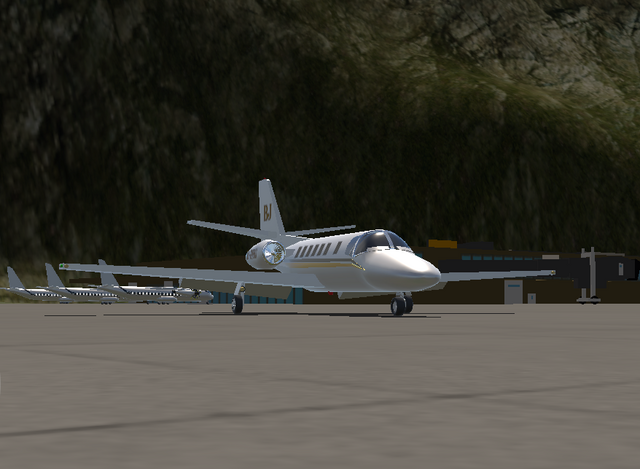
MAPA Aviation · 2023
Wiki:
The Cessna Citation II are light corporate jets built by Cessna as part of the Citation family. Stretched from the Citation I, the Model 550 was announced in September 1976, first flew on January 31, 1977, and was certified in March 1978. The II/SP is a single pilot version, the improved S/II first flew on February 14, 1984 and the Citation Bravo, a stretched S/II with new avionics and more powerful P&WC PW530A turbofans, first flew on April 25, 1995. The United States Navy adopted a version of the S/II as the T-47A. Production ceased in 2006 after 1,184 of all variants were delivered.
The Citation II (Model 550) was developed to provide the same docile low-speed handling and good short-field performance as the preceding Citation I while addressing a primary criticism of that aircraft — its relatively slow cruise speed of around 350 kn (650 km/h) at altitude. The II stretches the Citation I fuselage by 1.14m (3 ft 9in), increasing seating capacity to ten (two pilots and eight passengers) and gross weight to 13,300 lb (6,000 kg). Wingspan was increased by 5.1 ft (1.6 m), fuel capacity was increased from 544 US gal (2,060 L) to 742 US gal (2,810 L), and more powerful, 2,500 lbf (11 kN) Pratt & Whitney Canada JT15D-4 engines were installed for a higher cruise speed of 385 kn (713 km/h) and a longer range of 1,159 nmi (2,146 km). The cabin interior was also redesigned to increase headroom by 5 in (13 cm).
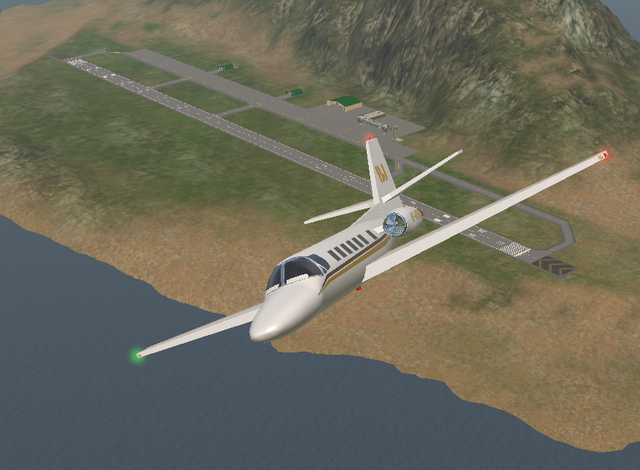
The stretched Citation was announced in September 1976, it first flew on January 31 1977 and FAA certification was awarded in March 1978. The II/SP (Model 551) is the single pilot version, type certificated to slightly less stringent FAR Part 23 standards, with a slightly reduced maximum takeoff weight (MTOW) at 12,500 lb (5,700 kg) and minor changes in cockpit equipment. As the II and II/SP are otherwise largely similar, the 800 lb (360 kg) reduction in MTOW of the II/SP often mandates operating with a reduced fuel load, shortening the aircraft's loaded range compared to the standard II. Both the II and II/SP require special training to be operated by a single pilot. A total of 688 II and II/SP aircraft were delivered.
Citation S/II
The improved Citation S/II (Model S550) was announced in October 1983 and first flew on February 14, 1984, before certification in July. It gained a supercritical airfoil with swept wing roots, aileron and flap gap seals, and a fluid deicing system instead of the pneumatic deicing boots used on earlier Citations. To further reduce drag, the fuselage and engine nacelle pylons were redesigned, and nacelle fairings were added. Fuel capacity was increased by 120 US gal (450 L). The result of the improvements was a cruise speed of 403 kn (746 km/h) — exceeding 400 kn, felt to be an important marketing benchmark by Cessna — and a range of 1,378 nmi (2,552 km) with a 45-minute fuel reserve. The improved 2,500 lbf (11 kN) JT15D-4B engines had higher temperature-rated components, allowing more thrust at higher altitudes.

The S/II replaced the II from 1984, but some potential buyers objected to the sharp price increase from US$2.6 million for the II to US$3.3 million for the S/II, prompting Cessna to reintroduce the II in late 1985; both were built until the Bravo introduction. Deliveries of the S/II amounted to 160, including fifteen T-47A aircraft purchased by the U.S. Navy. The S/II's higher performance coupled with its lower production numbers led to substantially higher demand on the used aircraft market compared to the standard II and II/SP.
Government variants
The US Customs & Border Protection purchased ten Citation IIs configured with fire control radar (initially the F-16's AN/APG-66(V), later the Selex ES Vixen 500E system) and the WF-360TL imaging system. These aircraft have been used effectively in Panama, Honduras, Colombia, Peru, Venezuela, Mexico and Aruba. The similar OT-47B aircraft are based on the Cessna Citation V airframe.
The T-47A was a modified version of the Citation S/II (Model 552) for the U.S. Navy, featuring a 5 ft (1.5 m) wingspan reduction and hydraulically boosted ailerons for enhanced maneuverability, 2,900 lbf (13 kN) thrust JT15D-5 engines, a cockpit roof window for better pilot visibility during hard maneuvering, strengthened windshields for protection against bird strikes during high-speed low-altitude sorties, multiple radar consoles, and the AN/APQ-167 radar system. Intended to replace the North American T-39D as a radar systems trainer aircraft, fifteen aircraft were purchased in 1984 to train naval radar intercept officers.
All T-47A aircraft were operated with civil aircraft registration numbers by Training Air Squadron VT-86 based at Naval Air Station Pensacola, Florida. On 20 July 1993, thirteen of the fifteen aircraft were destroyed when a roofing contractor accidentally set fire to a hangar at Forbes Field where the aircraft were being stored by Cessna. The navy replaced the lost trainers with upgraded T-39D aircraft and the two survivors were transferred to civil owners.
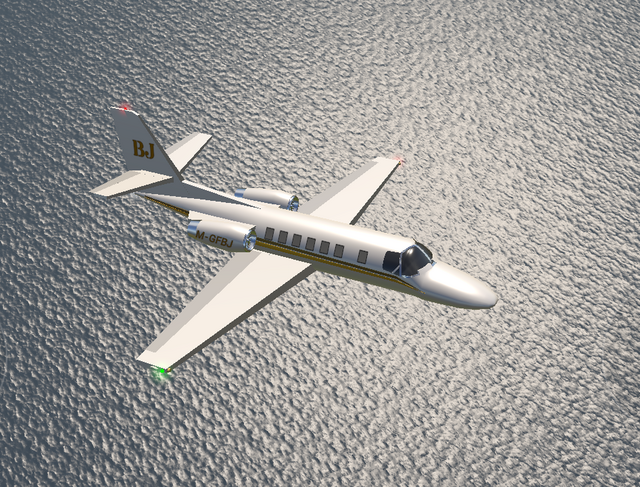
Citation Bravo
The Citation Bravo first flew on April 25, 1995, was granted certification in August 1996, and was first delivered in February 1997. It features new P&WC PW530A turbofans, modern Honeywell Primus EFIS avionics, a revised Citation Ultra interior and a trailing link main undercarriage. Production of the Bravo ceased in late 2006 after 336 had been delivered.
Its more efficient PW530A generates 15% more thrust at takeoff and 23% more at altitude. It burns 1,100 lb (500 kg) of fuel in the first hour, dropping to 750–830 lb (340–380 kg) the second hour cruising at 360–365 kn (667–676 km/h) at FL410-430 and then 637 lb (289 kg) the third hour at 350 kn (650 km/h) and FL450. The engine overhaul every 4,000 hours cost $1 million or $275 at power by the Hour. In 2018, early 1997 models starts at $800,000, up to $1.7 million for 2006 planes. The Bravo was replaced by the better-but-more-expensive Citation CJ3. The competing Beechjet 400A is roomier and faster but needs more fuel and more runway, while the compact Learjet 31A is faster but has less range. The faster and more expensive Citation V Ultra has a longer cabin but consumes more fuel.
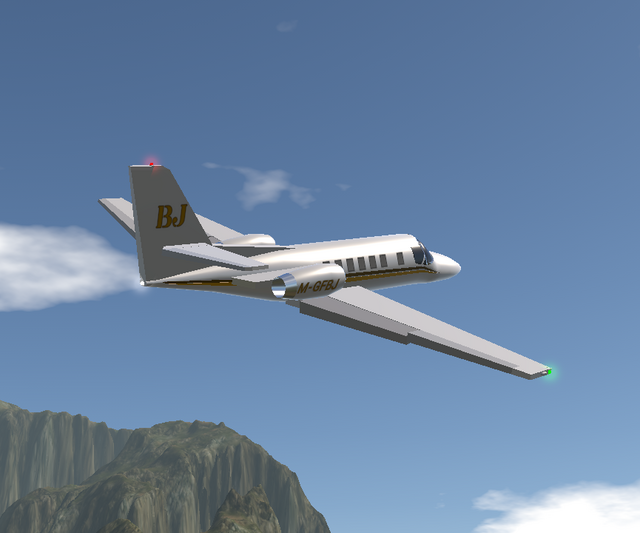
Upgrades
By December 2006, Clifford Development in Ohio had launched a program to re-engine Citation IIs with 3,000 lbf (13 kN) Williams FJ44-3 engines for $1.9 million. Clifford expected a STC within 12 months, 21% faster long-range cruise, 29% longer range, 34% better single-engine climb rate and 20% better fuel efficiency. By May 2007, Sierra Industries in Texas was also developing a similar modification, as 900 Citations qualify for it, directly as a broker and MRO provider, while Clifford should license its STC.
In September 2008, the FAA granted a STC to Sierra Industries. The Super S-II made its first flight on September 26. The conversion cost $1.9 million in 2009, resulting in a $3.5-4.6 million value for a converted Citation II. Ceiling is increased from FL 410 to FL 430, reached directly in 25 min at max takeoff weight with a thrust increased from 2,500 to 2,820 lbf (11.1 to 12.5 kN) each. Dual-channel FADEC allows a much lower residual thrust, eliminating the need for thrust reversers. Max fuel payload is bumped from 328 to 1,278 lb (149 to 580 kg) for the Citation II, and the S-II can carry 400 lb (180 kg) more than the initial 1,036 lb (470 kg).
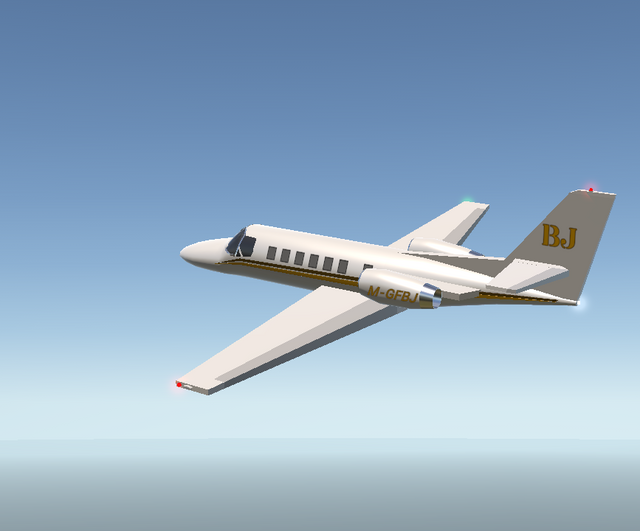
Cruise speeds are faster by 45 to 400 kn (83 to 741 km/h) for the 550, and by 35 to 420 kn (65 to 778 km/h) for the Citation S-II. The converted 550 is 25% more fuel efficient than the JT15D-powered original at the same speed, and burns 775 lb (352 kg) of fuel per hour at 390 kn (720 km/h). The 550 Range is improved by 397 to 1,775 nmi (735 to 3,287 km), and by 461 to 2,300 nmi (854 to 4,260 km) for the S550. The re-engined S550 can reach 446 kn (826 km/h) at FL270. Clifford and its partner Stevens Aviation could also update the flight deck with Collins ProLine 21 avionics and refurbish the cabin. Clifford was touting a 14% faster optimum cruise speed, and a 32% lower fuel burn for the S550. Sierra was announcing a 1,890 and 2,064 nmi (3,500 and 3,823 km) IFR/VFR range for the re-engined Super II; or a 2,340 and 2,610 nmi (4,330 and 4,830 km) IFR/VFR range for the re-engined Super S-II. By June 2012, Sierra Industries had re-engined 59 various Citations with FJ44s, among avionics retrofit and airframe modifications.
Galery:
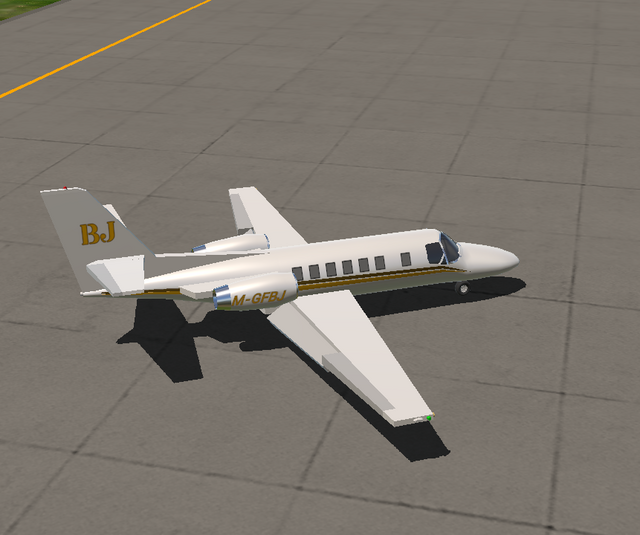
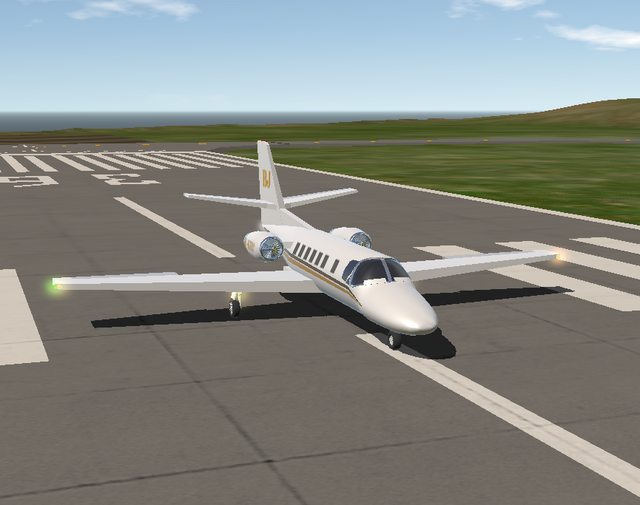
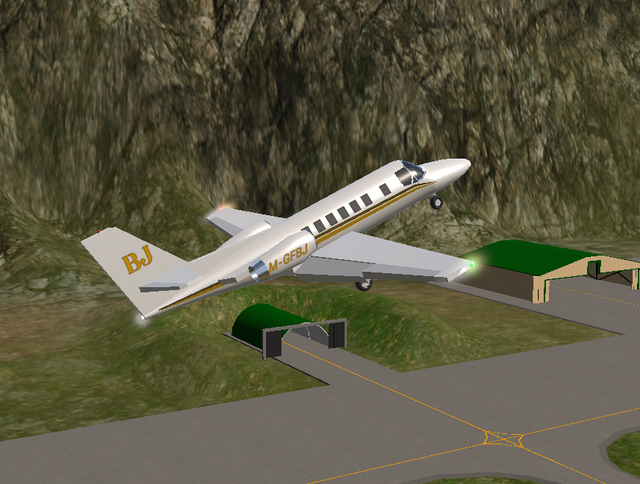
Actual Sample

Credit: Wikipedia
Controls: Standard
Thank you for your attention, Good flight!
Specifications
Spotlights
- WinsWings 2.6 years ago
General Characteristics
- Predecessor Cessna 525 Citation CJ1+
- Successors 4 airplane(s)
- Created On Android
- Wingspan 69.3ft (21.1m)
- Length 61.0ft (18.6m)
- Height 21.3ft (6.5m)
- Empty Weight 8,944lbs (4,057kg)
- Loaded Weight 15,267lbs (6,925kg)
Performance
- Power/Weight Ratio 8.831
- Wing Loading 20.0lbs/ft2 (97.7kg/m2)
- Wing Area 763.3ft2 (70.9m2)
- Drag Points 4087
Parts
- Number of Parts 90
- Control Surfaces 7
- Performance Cost 477

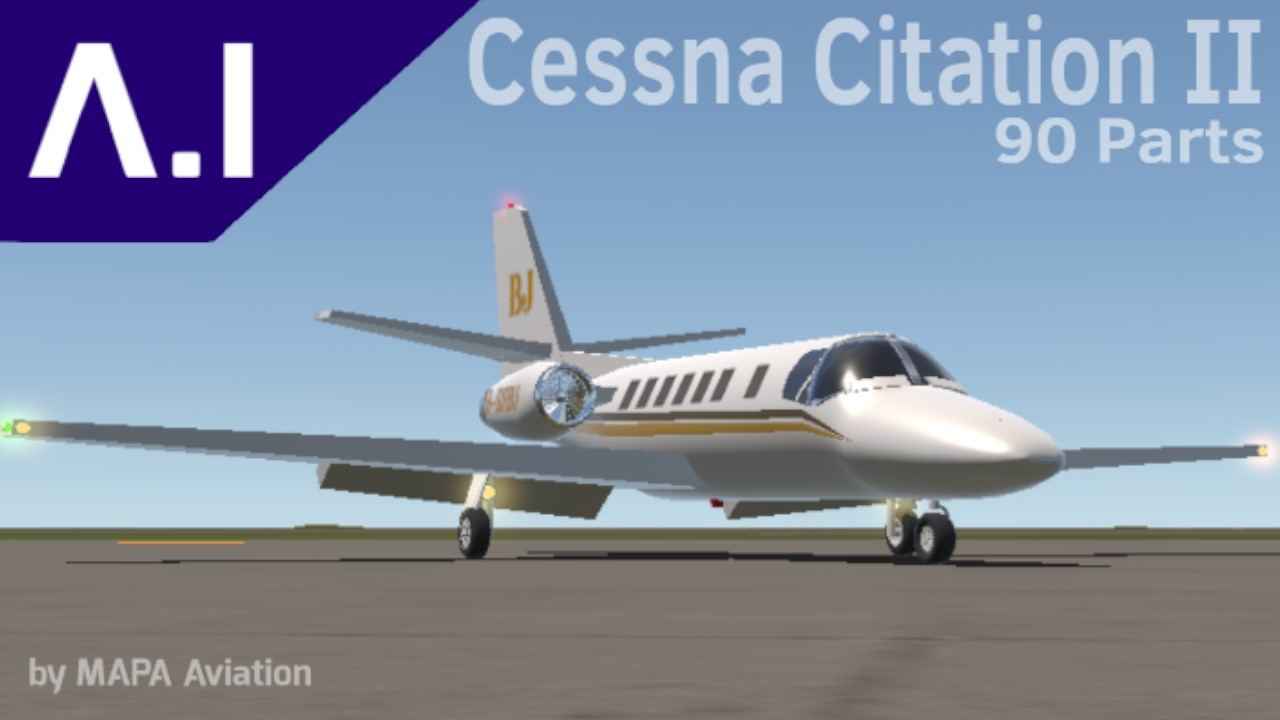
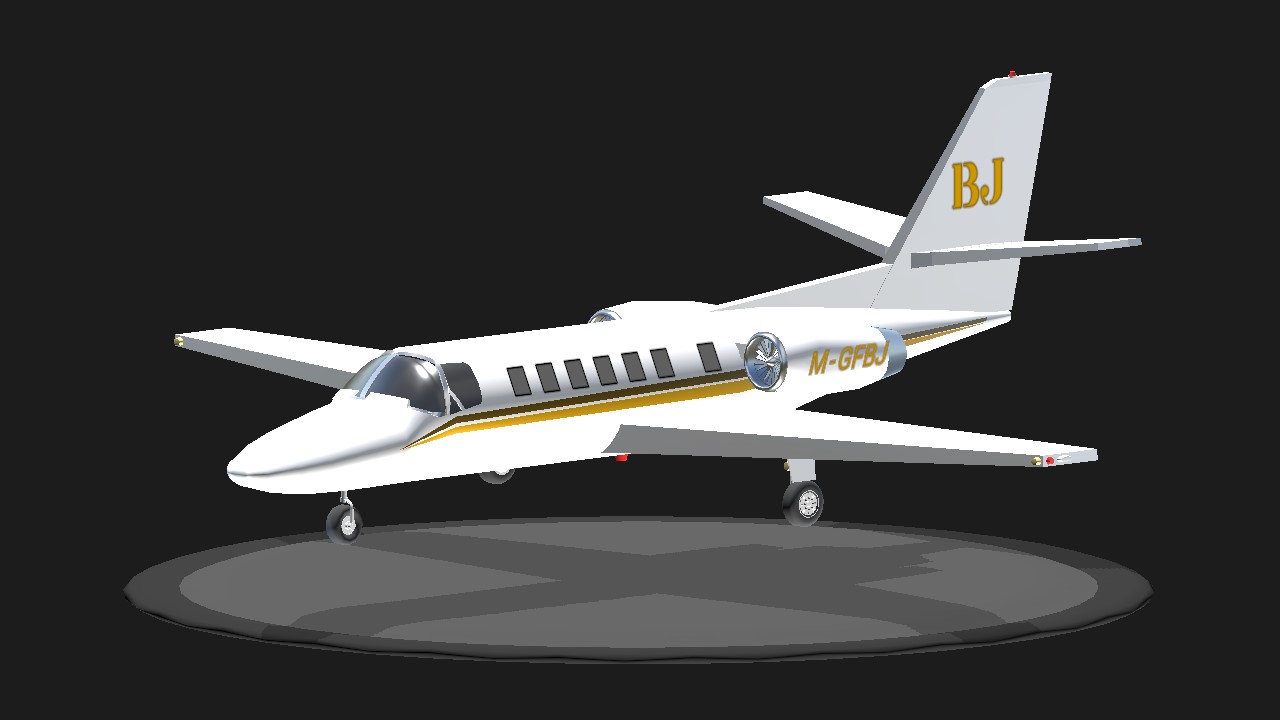
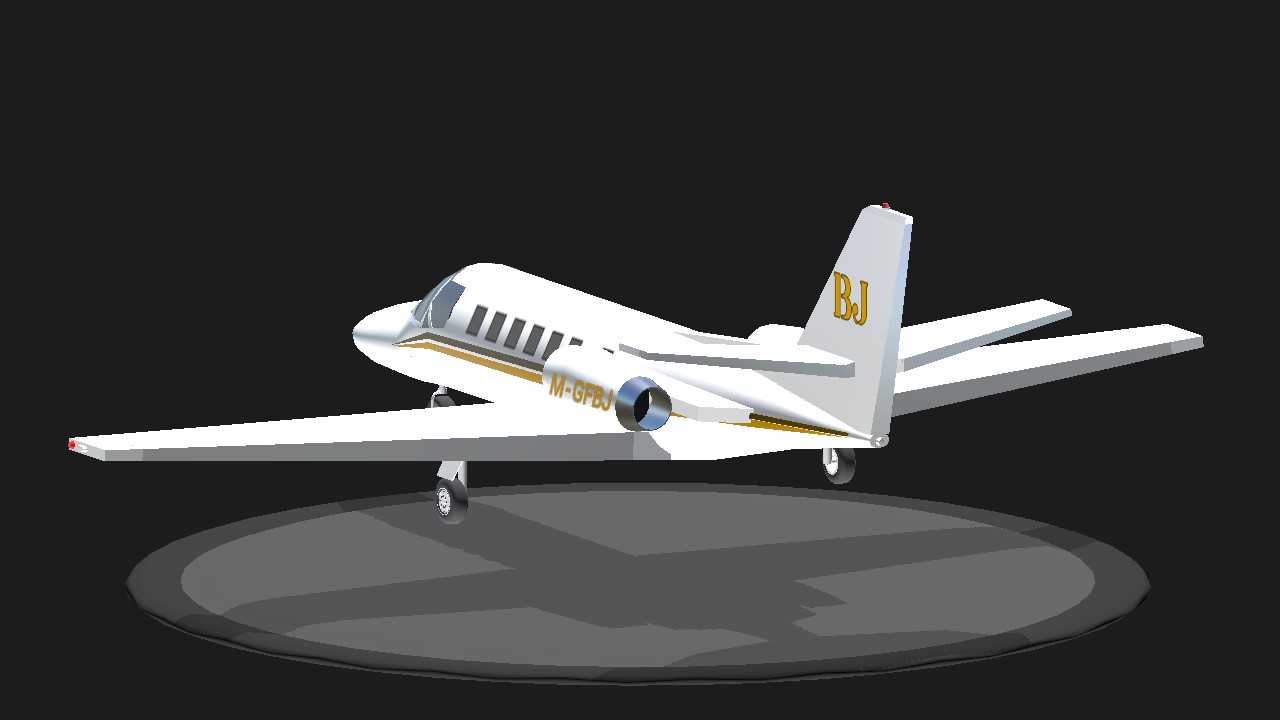
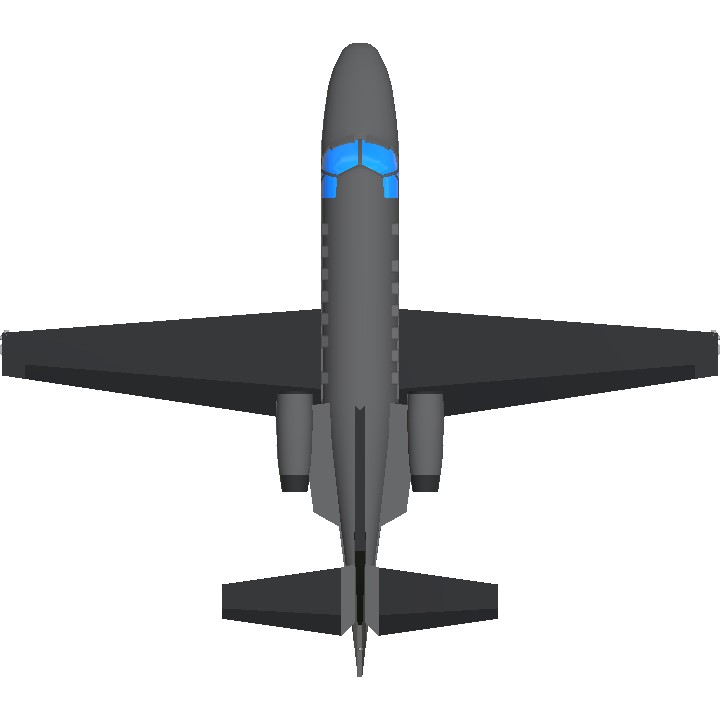
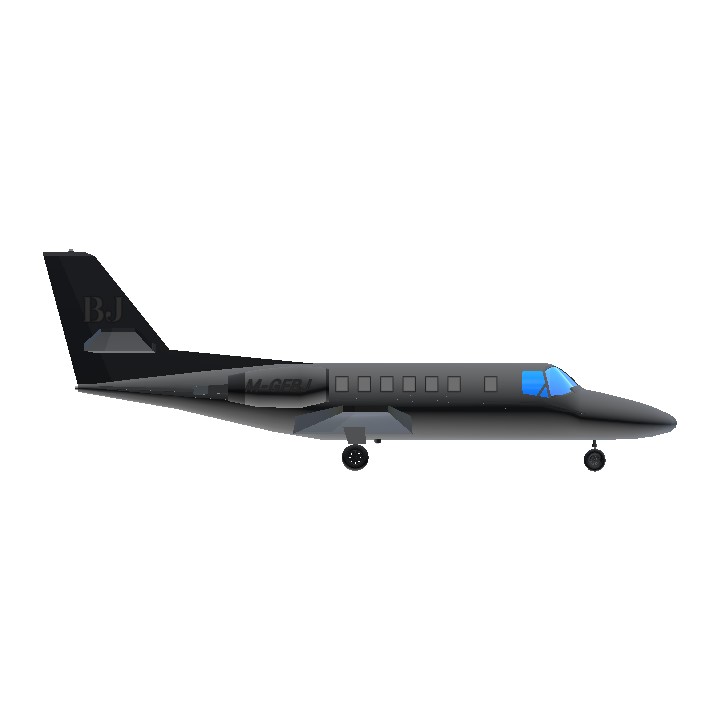
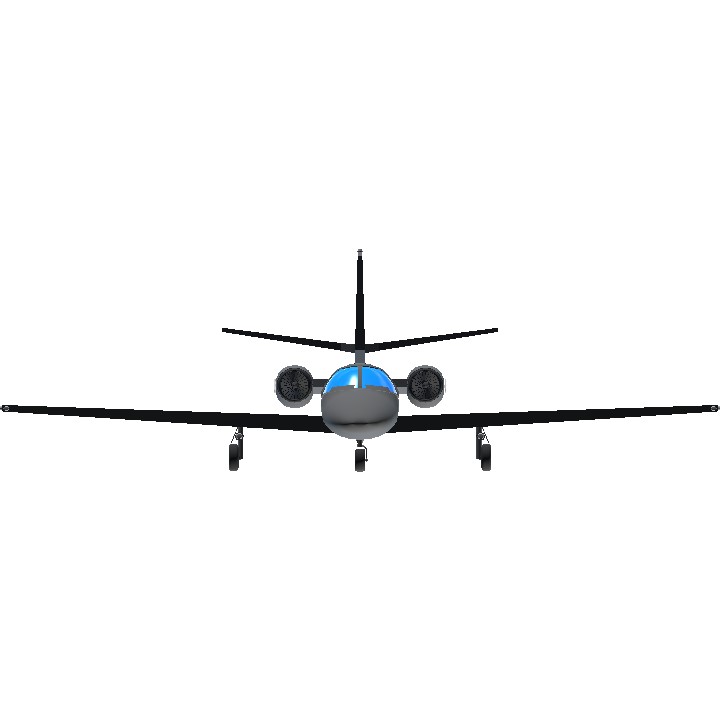
A Brief History: Bernadette Jacqueline popularly known as BJ is a talented poet and singer who was born in Snowstone in 1973, she is known for her beautiful classical music and poetry that cleansed the soul of everyone who listened, her fame conquered thousands of hearts around the world, transmitting messages of peace and goodwill, and to make her music reach new hearts BJ acquired her first private jet, a Citation II, thanks to which she can travel around the world taking and leaving her legacy of peace for hearts afflicted and shaken by brutal wars.
I know you are extremely short on time, but may I suggest (not request, suggest, for you to choose when to make) a Cessna 441 Conquest II?
Oi @MAPA quer entrar no grupo novamente? O Claude mandou um trava ZAP no grupo antigo aí eu criei um grupo novo
Quer entrar novamente?estou sentindo a tua falta no grupo
@MAPA please come back or ill oof me
@MAPA we are waiting for a new plane for 2 weeks!
@Randomplayer wait it’s literally the first plane you made, sorry for tagging you
@MAPA Hey I don’t know if you take suggestions or not but if you do would you mind making a Cirrus SR22? If nots it’s fine
@MAPA ei man eu te mandei mensagem no ZAP e outra pessoa me respondeu dizendo que não me conhecia! Tô suspeitando que esse cara seja o Oliver
I live right next to FCM airport (Minnesota) and I see so many of these planes it’s so annoying. When I listen to the tower frequency (119.150 for all radio nerds) and all I hear is Cessna citation whatever
Cessna Citation V Next and hear are some plane you made back ago that you can rework or ad more
Cessna 401
Cessna 402
Cessna 402C
Cessna 421B
Cessna 421C
Cessna 411
Cessna 414A and A with Winglets
the planes lot too old so are you planing to at more Cessna 40 Seris
I ❤️ Cessna
@MAPA no problem bro
@AdmiralGelvain @FeiGe3 @DDVC Thank you guys!